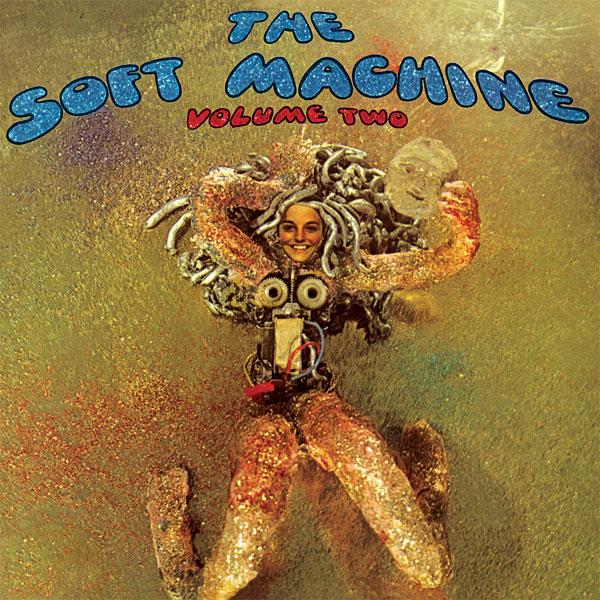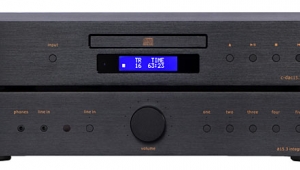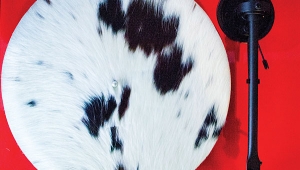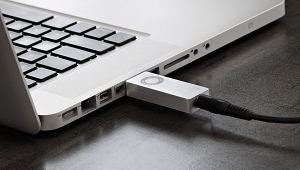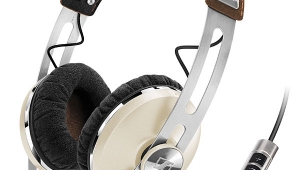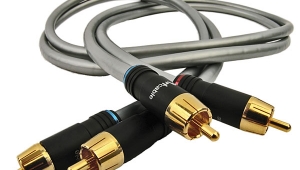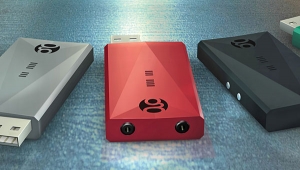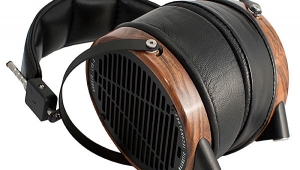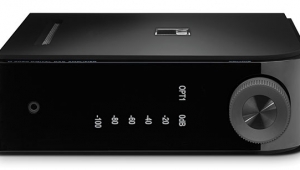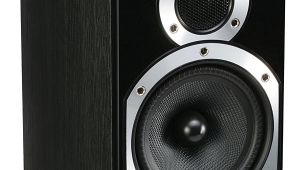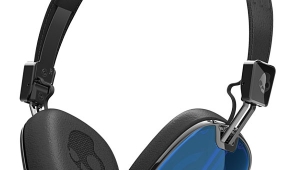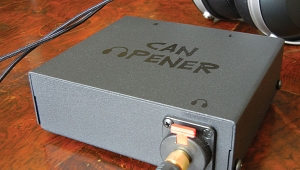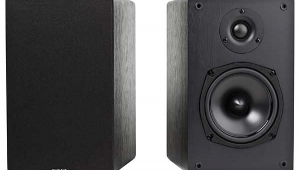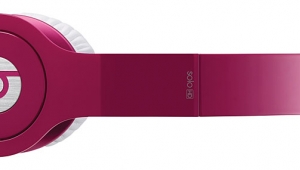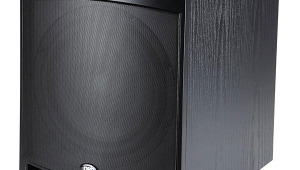| Columns Retired Columns & Blogs |
Do you know where they sell wharfedale speakers online in the US? I'm really interested in a pair of the 10.1s after reading this because the nearest dealer to me is outside Philadelphia which is about 3 hours away. I couldn't find anything online in my searches.
I was also wondering if you had any plans to switch out the Cambridge Audio Azur 340A, for a different integrated like the Marantz pm5004? As a fairly poor recent college grad I really dig these "Entry Level" articles, because they cover products within my price range, some of which I own, like the RP1.
